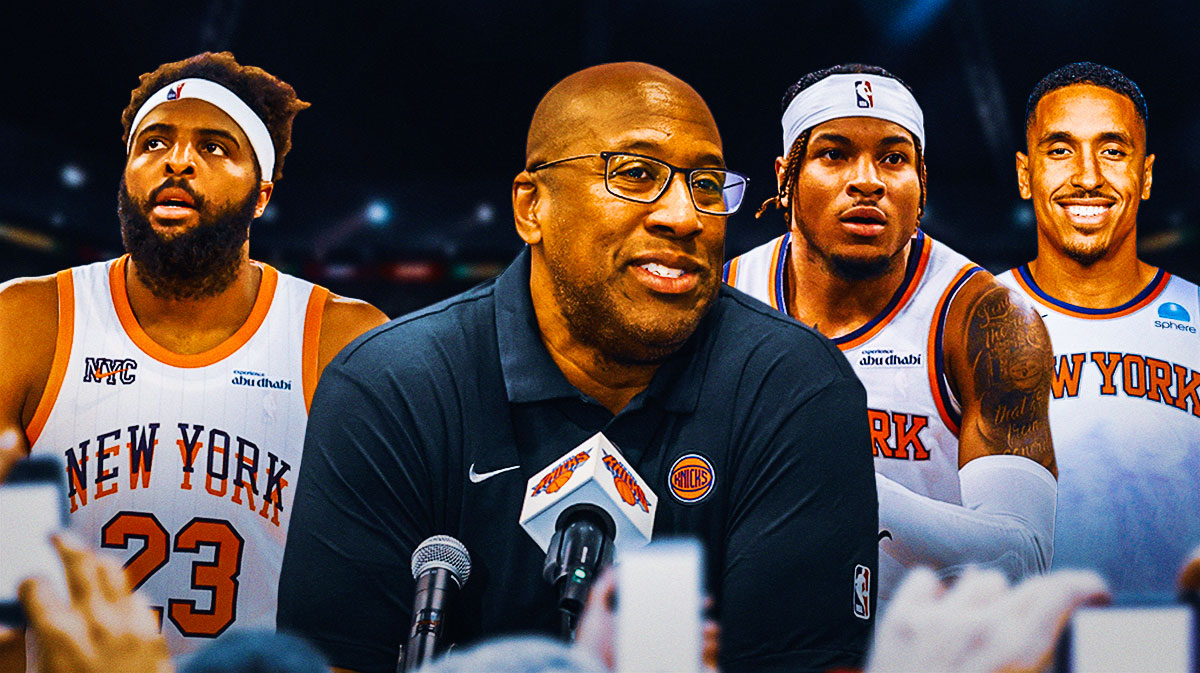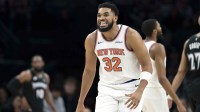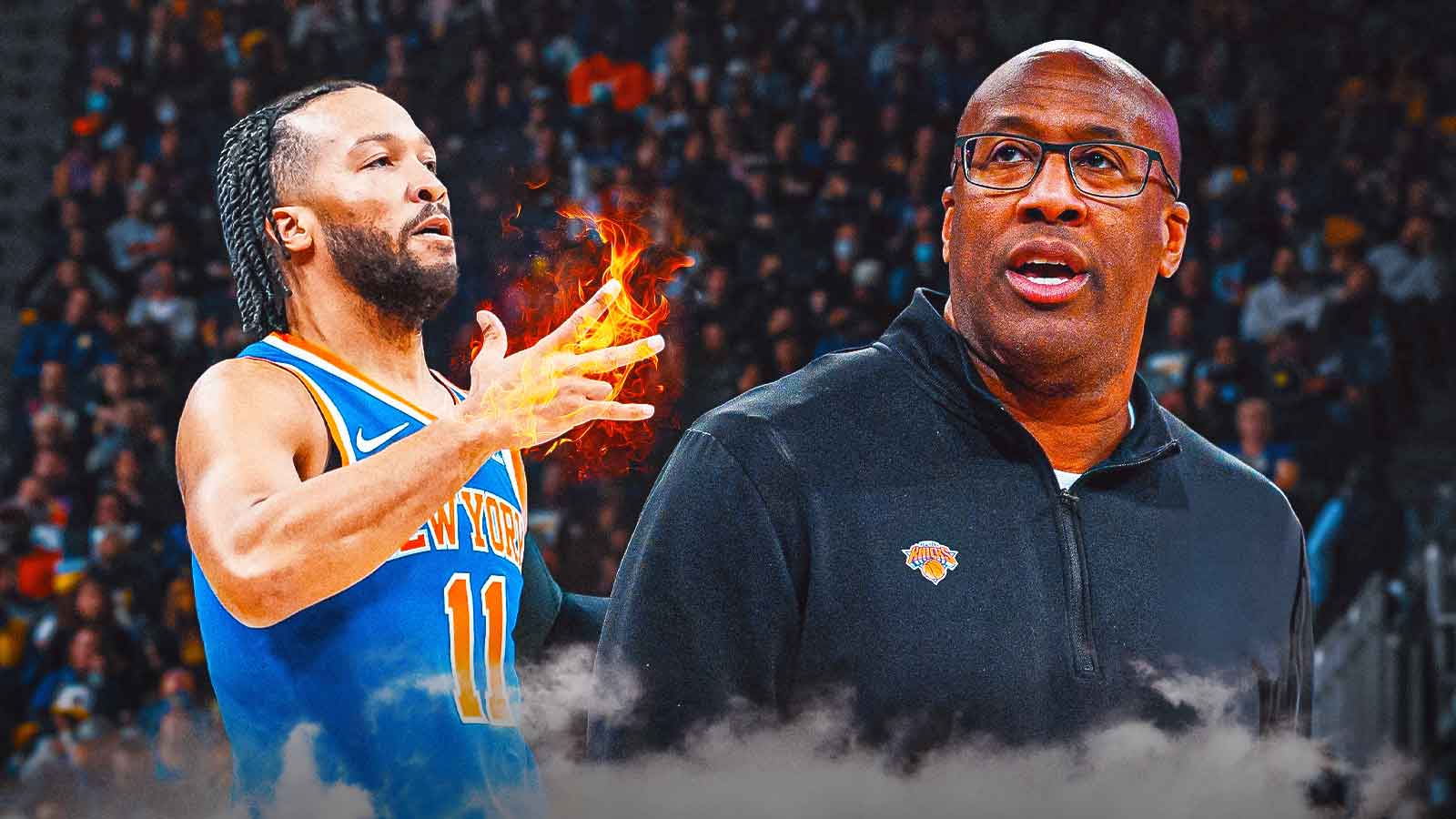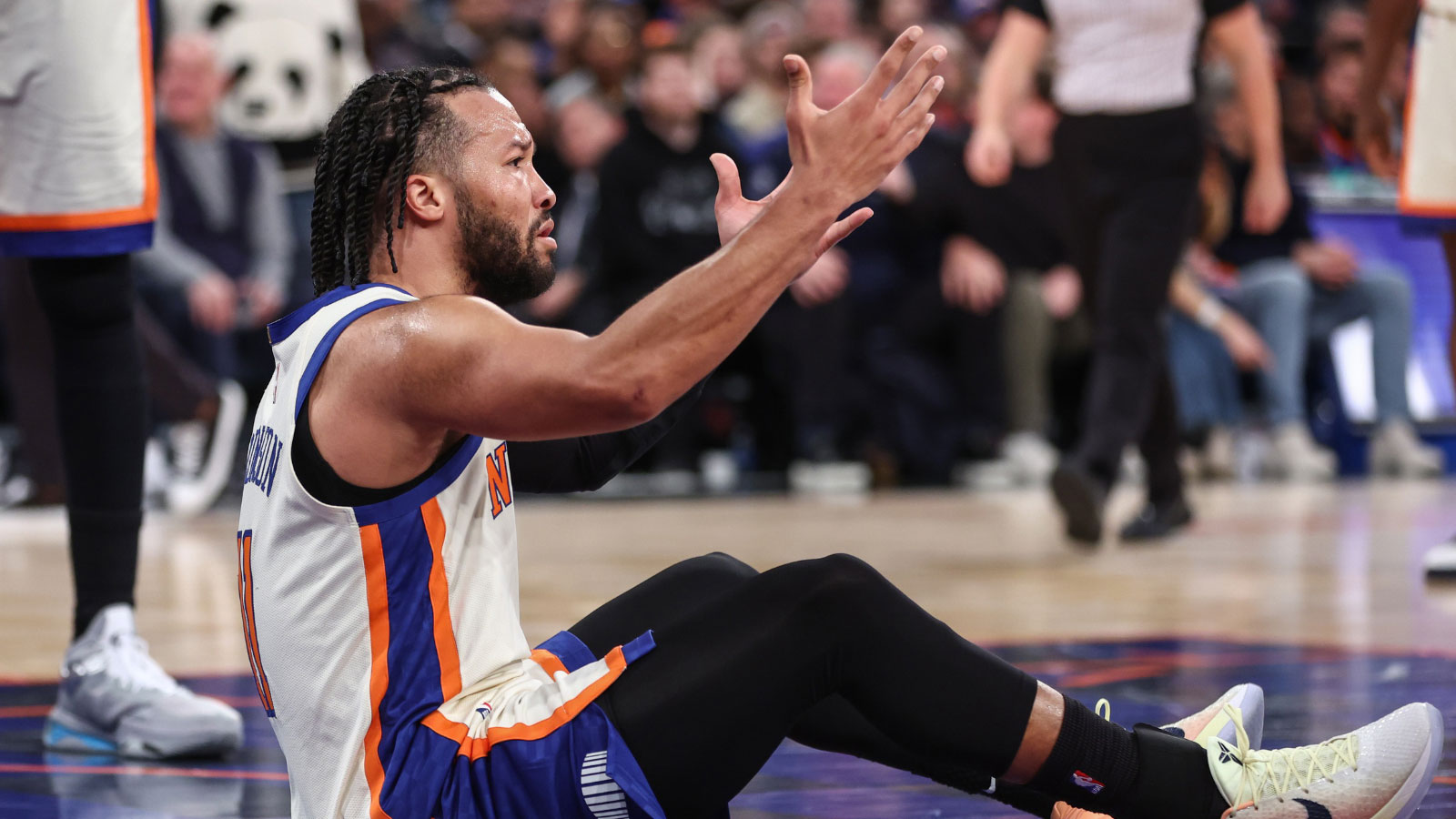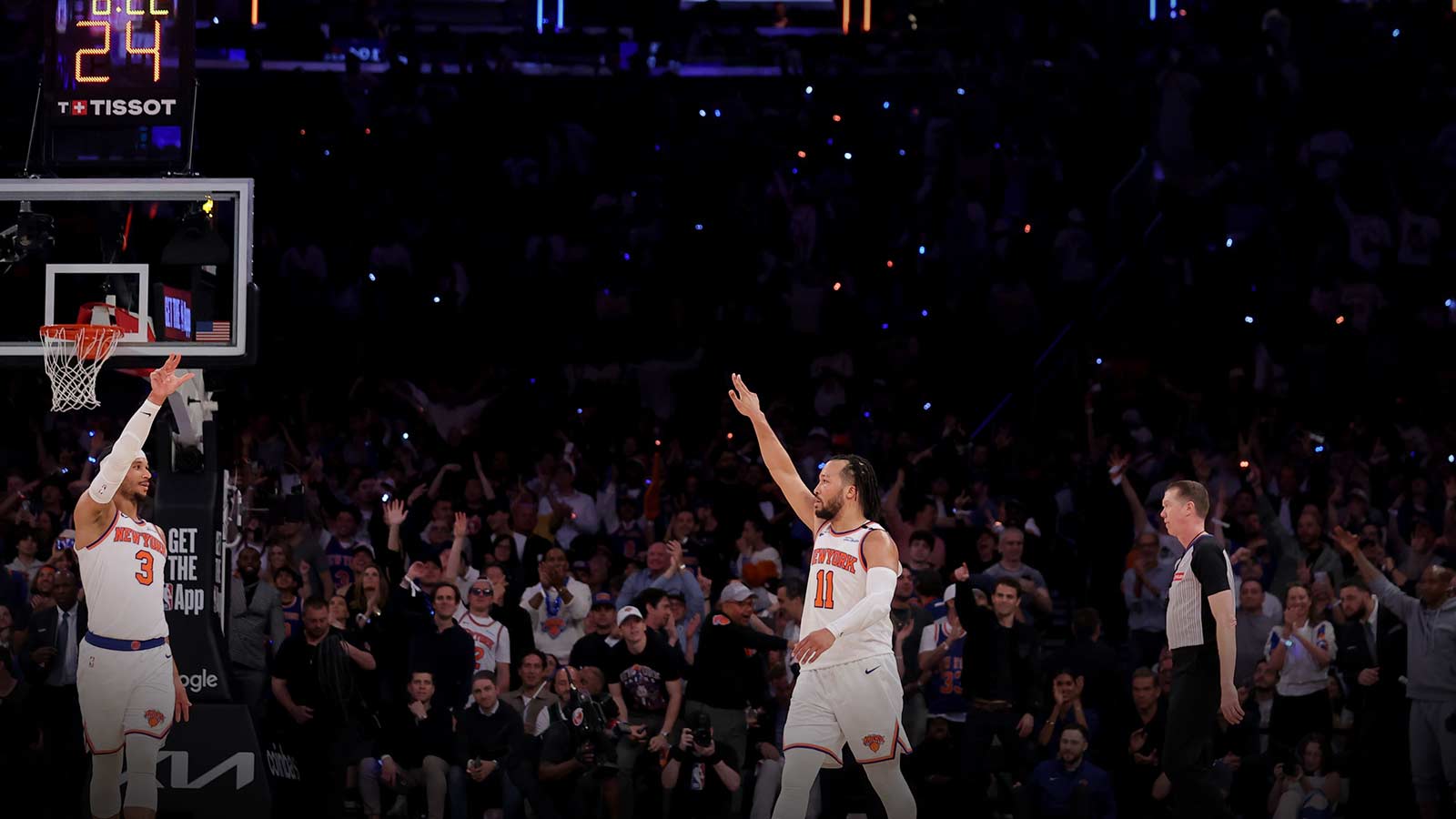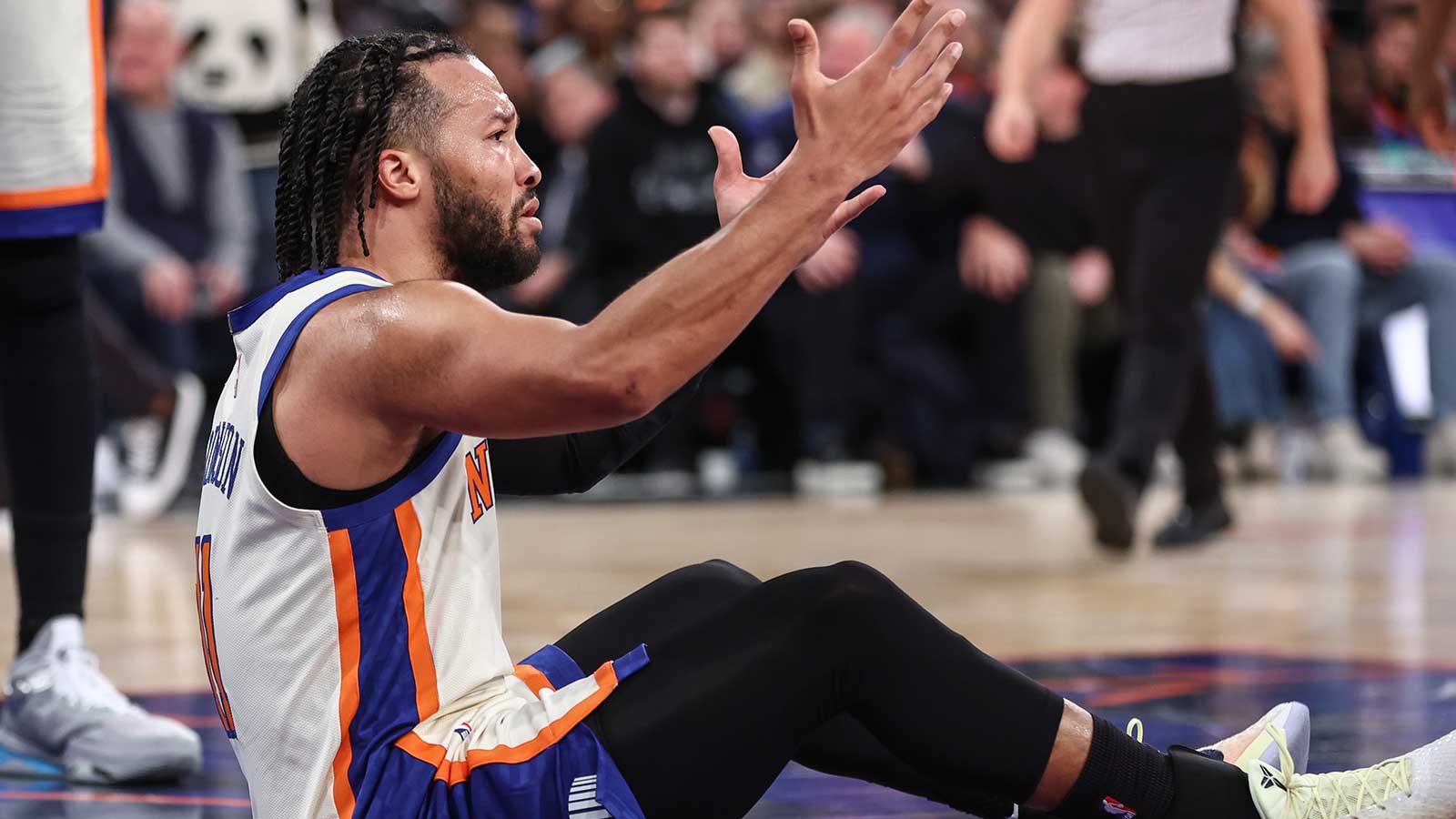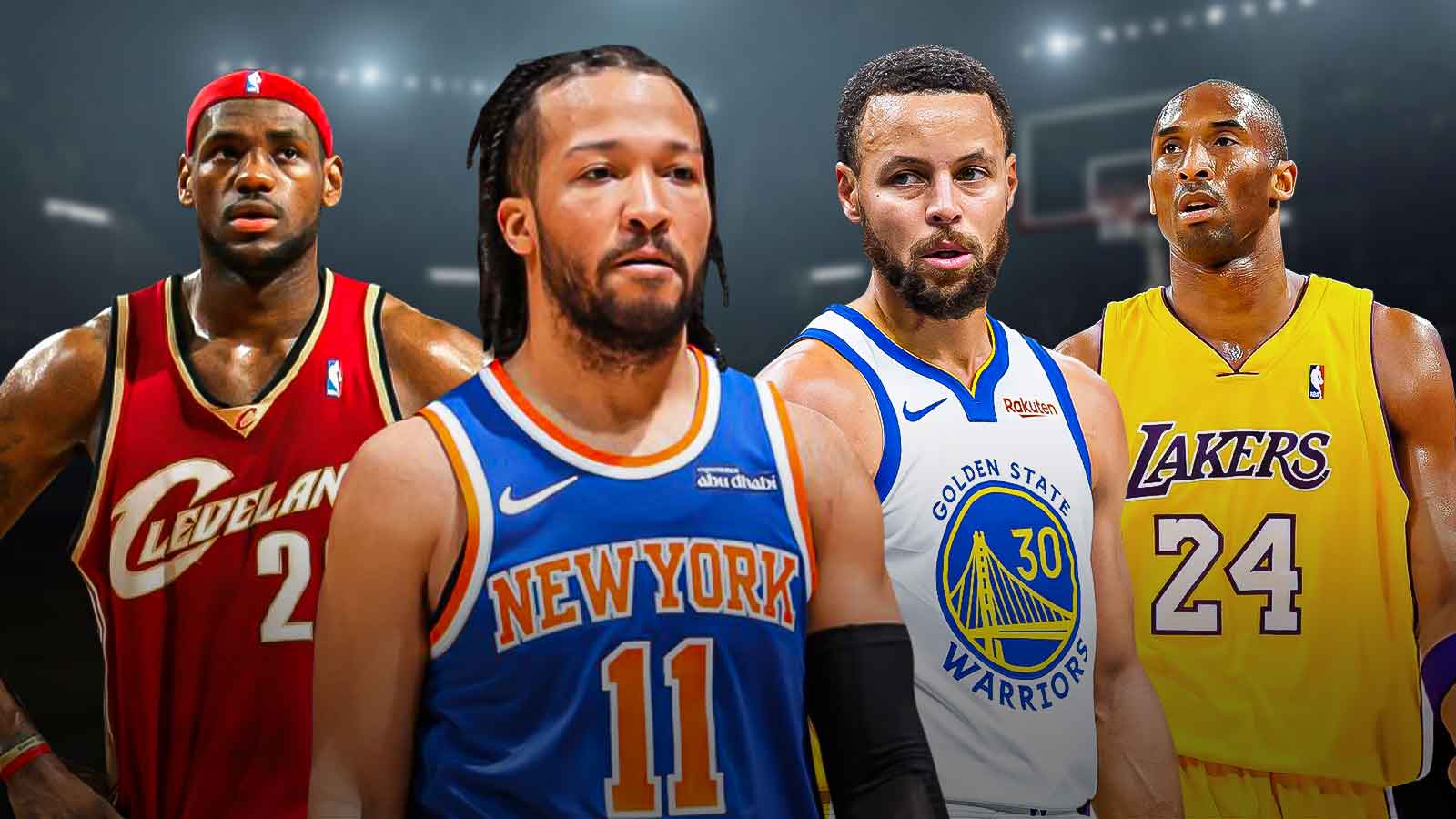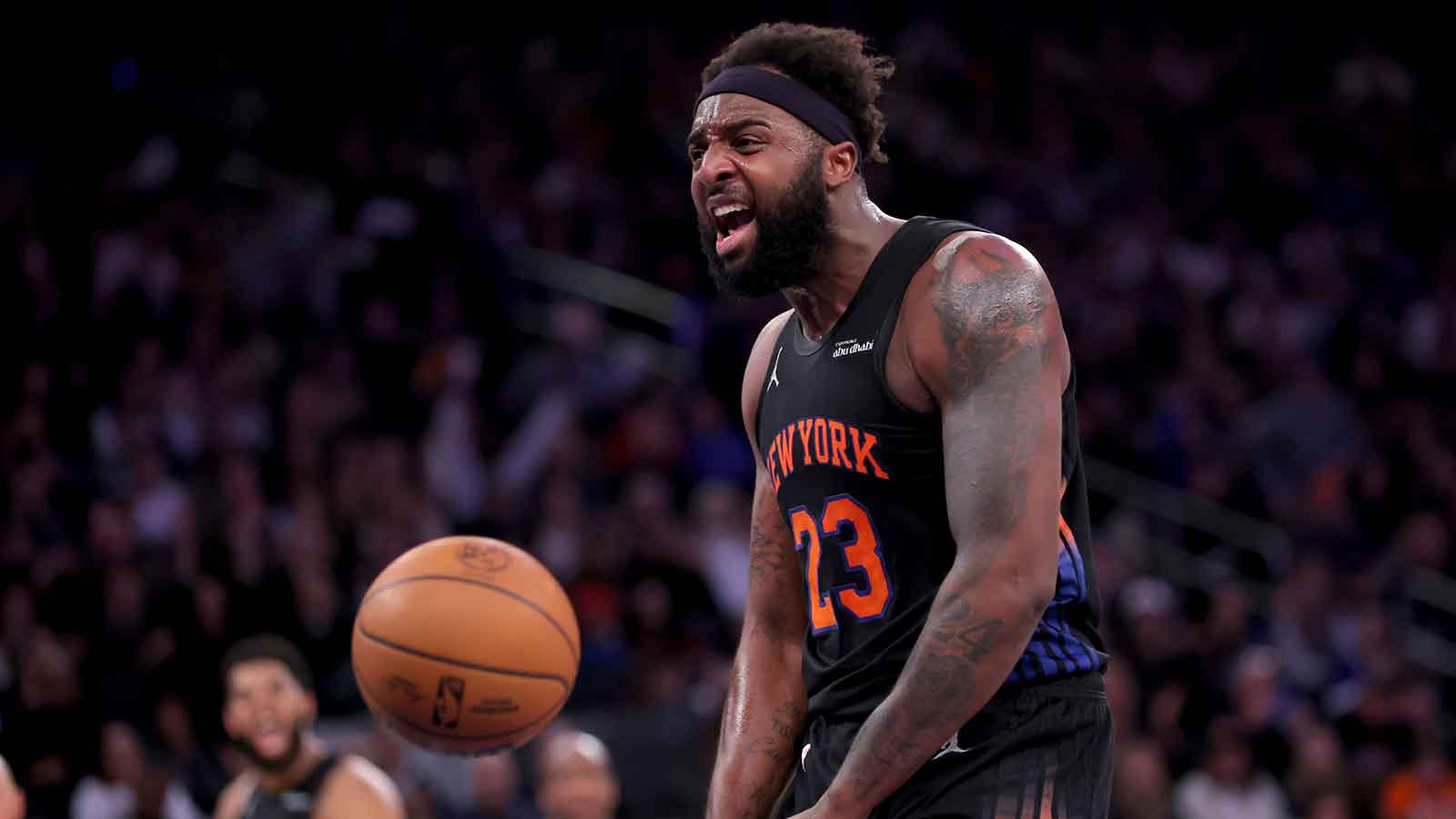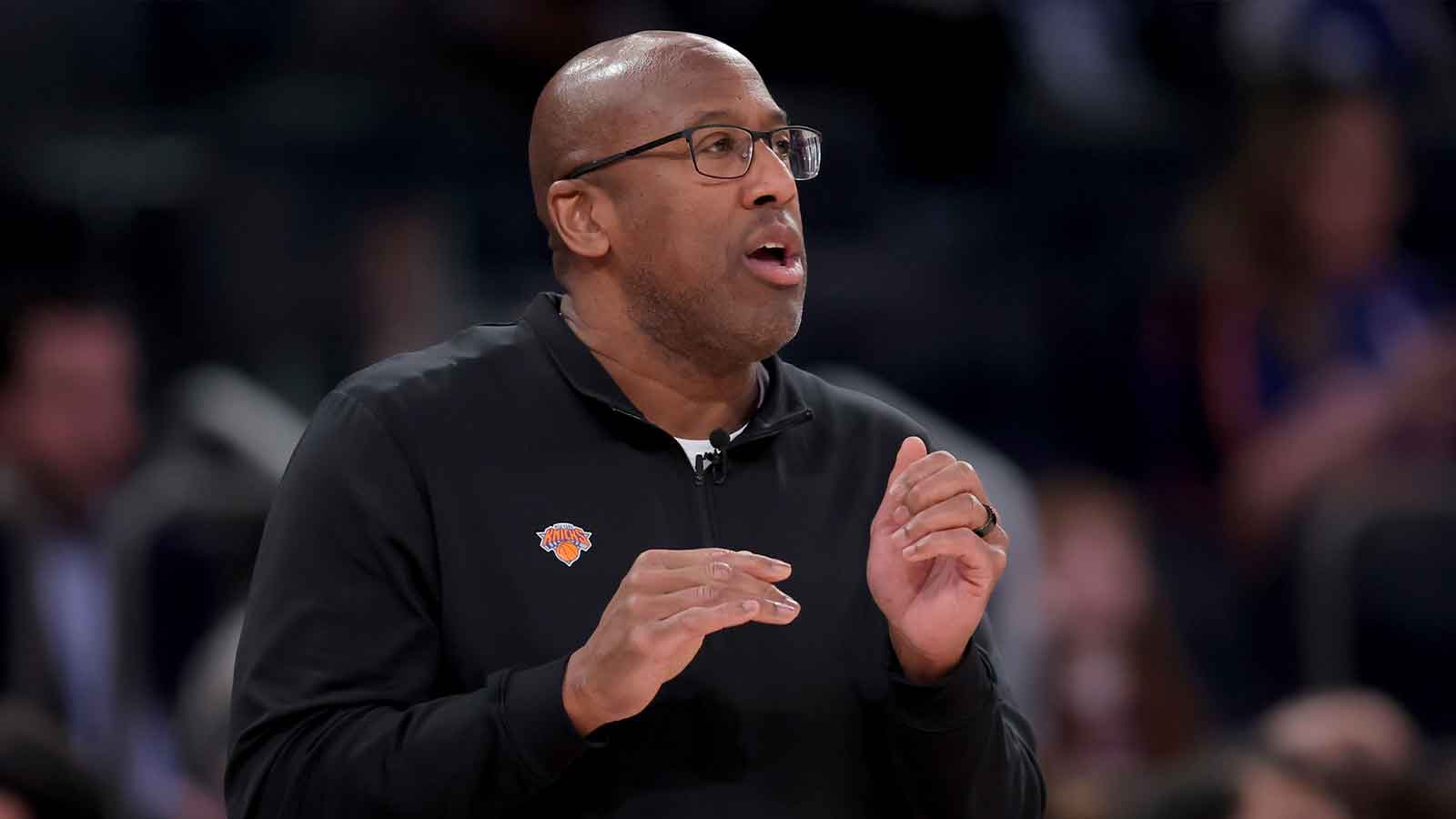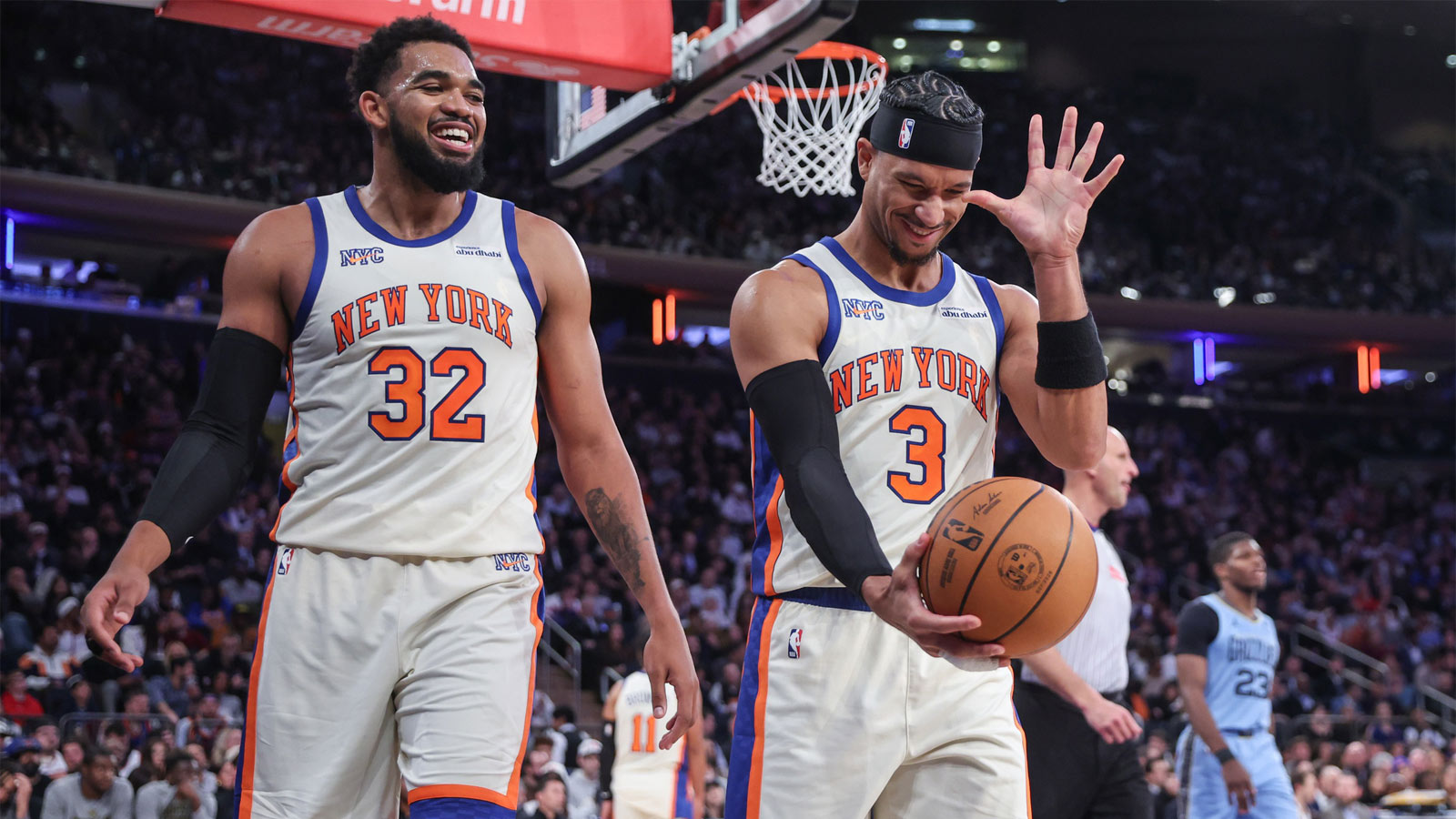The New York Knicks will enter the 2025-26 season with major expectations. They've brought on new head coach Mike Brown to implement a modern offense. They've also added some free agent fire power via Jordan Clarkson and Guerschon Yabusele.
And most importantly, they'll enter the pre-season healthy (and hungry). But there are still questions for the Knicks to answer — and training camp is the ideal time to do it.
Question 1: Can Mike Brown expand Knicks' rotation?
Coach Brown joins the Knicks with one major goal: win an NBA championship. To do so, many around the team feel that he'll have to rely more heavily on his bench. Coach Tom Thibodeau generally used an eight or nine man rotation, which became even shorter in the postseason. Thibodeau's Knicks were the only Eastern Conference team in the NBA Playoffs to play seven (or fewer) players 10 or more minutes per game. Fortunately, Brown operates under a different philosophy.
Brown recently alluded to his preference of playing a deep rotation when speaking with the media. “If you look at what I’ve done in the past, it’s usually nine-and-a-half to 10 guys,” Brown said. “I try to play as many guys as I can. Even when I was in [Sacramento] and we had an injury during the season, there was a point in time towards the end of the season where I started a two-way guy in Keon Ellis. So, I’m going to try to play who can help us win, and I’m going to try to give guys an opportunity.”
And those opportunities should be good for team success. The Knicks have very real depth and must find a way to play most of their role players. In addition to his starters, Brown must find a way to incorporate at least Josh Hart or Mitchell Robinson, Miles McBride, Clarkson, Yabusele, and Malcolm Brogdon and/or Landry Shamet. That means a 10 or 11 man rotation. Fortunately, it seems like Brown is up to the task.
Question 2: Who stays and who goes?
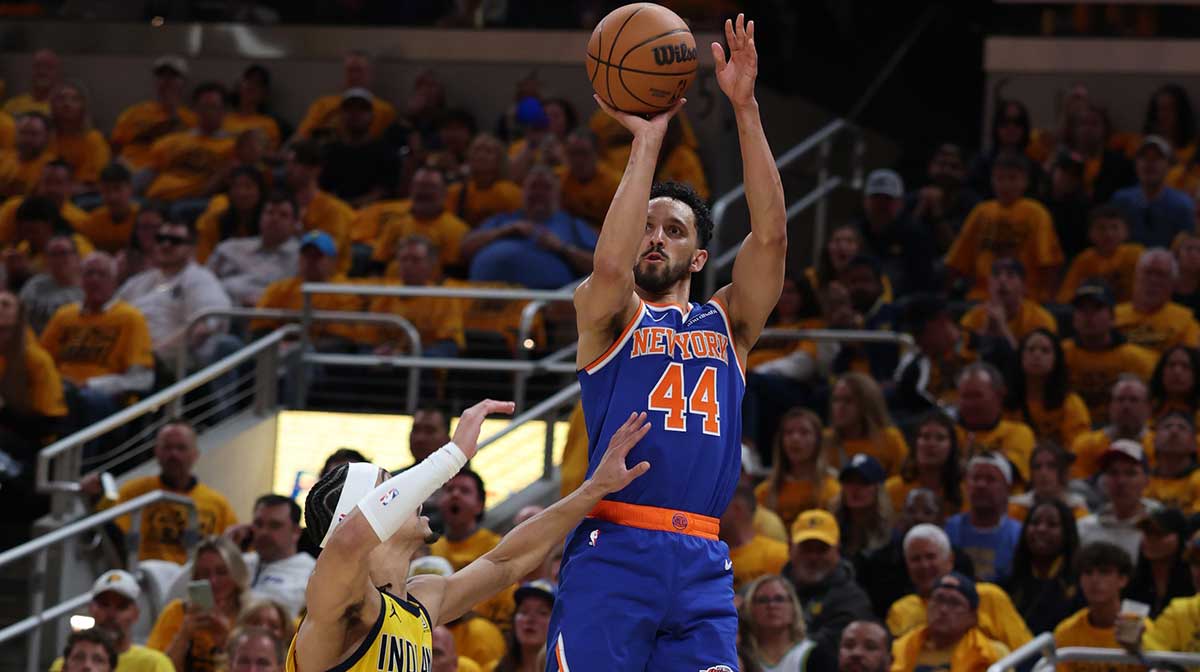
Speaking of the Knicks' depth, it presents challenges beyond how to play everyone. First and foremost, there is a roster construction challenge. How can the Knicks keep everyone they think helps the team? This debate has came to life around the recent signings of Malcolm Brogdon and Landry Shamet, as the two veteran guards are presumably battling for a final roster spot.
Brogdon is an established point guard. He boasts size. And he's even been named Sixth Man of the Year (2022-23). And while his output took a hit with the Washington Wizards last season, he still managed to collect 12.7 points, 4.1 assists, and 3.8 rebounds in a career-low 23.5 minutes per game.
Shamet is admittedly less accomplished, but he fits a more generic need — shooting. Shamet connected on 39.7 percent of his three-point attempts last season with New York, which is significantly better than the 28.6 percent that Brogdon made in 2024-25.
Granted, the Knicks can keep both, which would be quite beneficial. Shamet can be a situational, three-and-D type of player. And Brogdon can be the team's true, established backup point guard — something they don't have elsewhere. The problem with this plan is that it puts New York over the dreaded second apron. The Knicks can easily move Tyler Kolek, but that doesn't provide quite enough cap relief. They would likely have to move Ariel Hukporti also, which might not be ideal given Mitchell Robinsons injury history and impending free agency, or Pacome Dadiet. Or they could consider trading McBride.
Another challenge it raises is minute management. How will Brown juggle a loaded backcourt and find minutes off the bench for the likes of Clarkson, McBride, Brogdon, and Shamet when the starters will likely play at least 30 minutes per game a piece? Sure, Brown has embraced the idea that he'll play a 10-ish man rotation. But six guards can't possibly remain in the rotation considering the minutes available in the backcourt. This, too, will have to be figured out before the end of training camp.
Question 3: Will Knicks start Karl-Anthony Towns and Mitchell Robinson?
Small ball is a major trend in the NBA, which has been the case for some time. Whereas pre-modern lineups featured two (and sometimes three) players who were limited to rebounding, posting up, and banging on the block, present lineups feature one — at most. And frankly, modern centers can shoot, dribble, etc. better than ever.
Despite teams' recent successes with smaller and more skilled lineups, the Knicks are embracing a twin towers approach. Sure, Towns can shoot the lights out. But his defensive limitations will be very apparent, especially when matched up against quicker stretch fours. And he'll most certainly be the target when opponents hunt out vulnerable defenders via pick and rolls, which typically result in a defensive switch.
Robinson's defense could certainly aid in that regard. He can guard fives, fours, most threes, and some twos — and still help less skilled teammates. He's that good. But even if Robinson's defensive benefits outweigh Towns' deficiencies, his offensive limitations could leave the Knicks with other questions to answer, like how to properly space the floor and how to keep him on the court when team's begin to intentionally foul.
Still, a Towns-Robinson pairing is enticing. It's something Thibodeau unleashed only situationally in the playoffs. When it was used, the team posted a +11.31 net rating. But one drawback was a slower pace of play. So, Brown will have to decide if beginning the game at a slower pace is worth starting off with a lead — assuming those results are repeatable.
The 2025-26 season is incredibly high stakes. Coach Brown has only a few weeks left to figure out these, and many other important questions. If he does so successfully, the result could be the Knicks' first NBA Championship in 52 seasons.

